Policy: Flight restriction in birds
Policy type: Policy
Status: Current
Manual reference: 11a
Date ratified: May 2018
Policy
The New Zealand Veterinary Association approves of the use of temporary flight restriction by veterinarians or by persons under veterinary guidance. It does not approve the use of permanent flight restriction (e.g. the use of pinioning, tendonectomy or patagiectomy).
The NZVA does, however, recognise that there are some circumstances in which conservation efforts and/or outdoor display in zoological parks have utilised permanent flight restriction to maintain containment of specimens.
The NZVA recommends that in future, enclosures are designed or modified in such a way as to incorporate broad welfare considerations, including the ability for a bird to fly.
Explanation
Flight restriction is the use of one or more techniques to prevent rapid and sustained flight in captive birds to prevent escape. Specifically, the restriction should aim to:
- eliminate the possibility of upward flight, and
- still allow some horizontal and gliding flight, to allow some expression of normal behaviour in the bird.
Flight restriction may be permanent or temporary. Permanent restriction has been most commonly applied to waterfowl as part of conservation efforts and/or outdoor display in zoological parks. Any method of permanent restriction is a significant surgical procedure requiring due attention to anaesthesia, analgesia and animal welfare.
Temporary restriction might be used during the rehabilitation of a sick or injured bird, irrespective of the site of treatment, in order to prevent escape. During times of temporary flight restriction, birds should be encouraged to display as wide a range as possible of movements and behaviours, before release.
The main actual or potential disadvantages of flight restriction are:
- an increased possibility of injury to the bird as a result of less efficient flight;
- an assumption by humans that there is no possibility of the bird escaping by other means;
- an increased vulnerability to attack by cats, dogs and other predators if the bird does escape;
- a delay in the release of a temporarily restricted bird (especially if a raptor) until clipped primary flight feathers are replaced.
